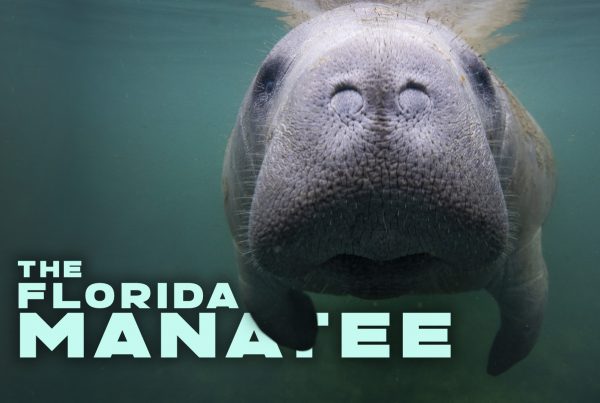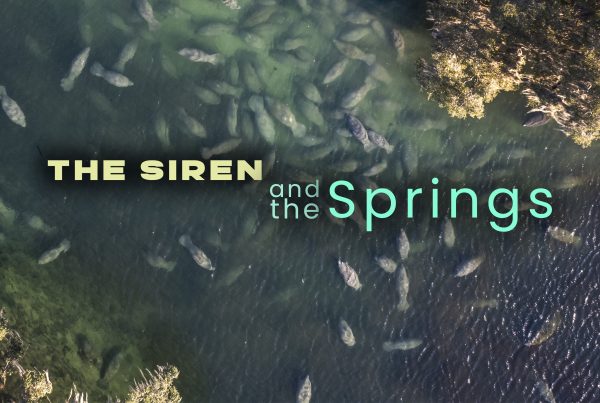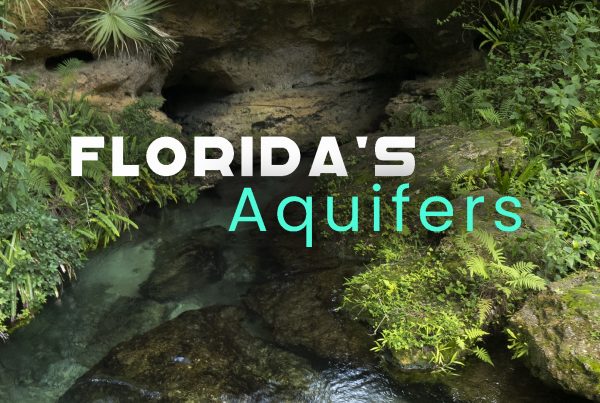The gopher tortoise is the only American tortoise found east of the Mississippi and is an engineering prodigy. As many as 350 other species of animals rely on the complex, sprawling burrows these tortoises create. This means they are a true keystone species.
Find out more amazing facts about this lovable builder, its behaviors, and the many other animals that rely on the gopher tortoises engineering prowess to survive!




